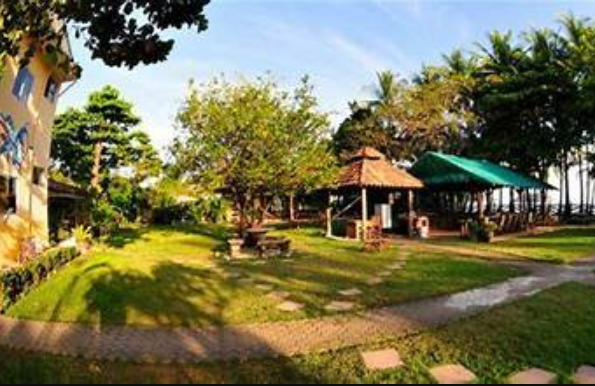Choosing the Right Costa Rica Spanish School for Your Language Journey

Choosing to learn Spanish in Costa Rica is an exciting and transformative decision. The country’s vibrant culture, picturesque landscapes, and friendly locals make it an ideal location to immerse yourself in the Spanish language. However, with numerous language schools available, selecting the right one can be daunting. This guide will help you navigate your options and choose the best Costa Rica Spanish School for your language journey.
Define Your Goals and Expectations
Before diving into the plethora of Spanish schools in Costa Rica, it’s essential to clarify your goals and expectations. Consider the following questions:
- What is your proficiency level? Are you a beginner, intermediate, or advanced Spanish learner?
- What type of learning experience are you seeking? Do you prefer structured classroom instruction, cultural immersion, or a combination of both?
- How long do you plan to study? Are you looking for a short-term intensive course or a long-term program?
- What is your budget? Determine how much you are willing to invest in your language education.
Having clear answers to these questions will help you narrow down your choices and find a school that aligns with your objectives.
Research School Accreditation and Reputation
When choosing a Spanish school in Costa Rica, it’s vital to research its accreditation and reputation. Accredited schools adhere to high educational standards and employ qualified instructors. Look for schools accredited by reputable organizations such as:
- Instituto Cervantes
- International Association of Language Centres (IALC)
- American Council on the Teaching of Foreign Languages (ACTFL)
Additionally, read reviews and testimonials from former students. Websites like TripAdvisor, Google Reviews, and specialized language learning forums can provide valuable insights into the school’s quality of instruction, facilities, and overall experience.
Evaluate the Curriculum and Teaching Methods
The curriculum and teaching methods vary significantly among Spanish schools. Ensure that the school you choose offers a comprehensive curriculum that covers all aspects of language learning, including speaking, listening, reading, and writing. Key factors to consider include:
- Class Size: Smaller class sizes allow for more personalized attention and interaction with instructors.
- Teaching Approach: Some schools may focus on grammar and vocabulary, while others emphasize conversation and practical usage. Choose a school that matches your preferred learning style.
- Supplementary Activities: Cultural activities, excursions, and language exchange programs can enhance your learning experience by providing opportunities to practice Spanish in real-life settings.
Consider Location and Facilities
Costa Rica offers diverse locations for language learning, from bustling cities to tranquil beach towns and lush rainforests. Consider the type of environment where you would feel most comfortable and motivated to learn. Popular destinations include:
- San José: The capital city offers a vibrant cultural scene, numerous language schools, and convenient access to amenities.
- Monteverde: Known for its cloud forests and eco-tourism, Monteverde provides a serene and nature-focused learning environment.
- Tamarindo: This coastal town is perfect for those who want to combine language learning with beach activities and surfing.
Additionally, evaluate the school’s facilities, such as classrooms, libraries, and accommodation options. Comfortable and well-equipped facilities can significantly impact your overall experience.
Read also: Unleash Your Imagination: Fresh Possibilities with MDF Wood
Assess the Support and Services Provided
Finally, consider the support and services offered by the Spanish school. A good school should provide comprehensive support to help you settle in and make the most of your language journey. Look for schools that offer:
- Orientation Programs: Introduction sessions that help you acclimate to the local culture and school environment.
- Accommodation Assistance: Options for homestays, student residences, or apartments.
- Extracurricular Activities: Organized social events, excursions, and cultural activities that facilitate language practice and cultural immersion.
- Student Support: Access to academic advisors, counselors, and language exchange partners.
Conclusion
Choosing the right Costa Rica Spanish school is a crucial step in ensuring a successful and enjoyable language learning journey. By defining your goals, researching accreditation and reputation, evaluating the curriculum and location, and assessing the support services provided, you can make an informed decision that aligns with your needs and aspirations. Embrace the adventure and get ready to embark on an unforgettable experience in the heart of Costa Rica!






